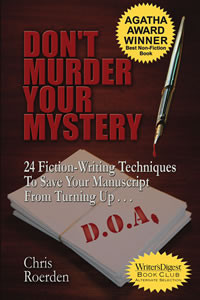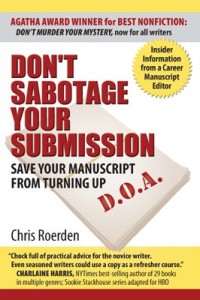Yet the technical stuff might be needed for understanding the story, the situation, or the protagonist’s actions. Jargon may be essential for authentic-sounding dialogue.
What’s a writer to do? In my case, what’s an editor to do?
I’m a developmental and line editor, my full-time occupation for 44 years in publishing, starting in NYC. Coping with family transfers, I moonlighted for eight of those years by teaching writing for publication at the University of Wisconsin-Milwaukee.
I was also an instructor of writing for the University of Maine-Portland, then for SUNY-Rochester. One memorable summer I spent in the mountains near Seoul teaching conversational skills to South Korean teachers of English-as-a-second-language. They understood our grammar better than most Americans do.
DIGRESSION VS PROGRESSION
Notice that the preceding information is a digression. In fiction, that kind of content is called backstory. You probably keep reading such action-stoppers, at first, but after a while you’re likely to skim and skip ahead whenever the content seriously veers off topic.
Skimming and skipping are easy when only a paragraph of tangential information intervenes. Besides, most backstory and explanations can and should be cut. (Really.) But essential material that continually interrupts, especially if it’s technical, needs cutting and restructuring.
FORMAT AS AN EPIGRAPH
Catalyst: A substance that starts a chemical reaction but which is not itself chemically changed.
The above exemplifies a method I suggest of opening each chapter with a paragraph containing the least amount of technical data required by that chapter. Format the information as if copied from another source, using italics or a font different from your main text.
You can also set off the paragraph by indenting from both side margins. Instead of double-spacing, use one-and-a-half lines. Similar formatting and placement make it easy for readers to glance at the technical stuff, yet find it again if they later choose to see what it says.
LANGUAGE AND STYLE
In Southern Discomfort, Margaret Maron starts each chapter with an epigraph from an actual U.S. Navy manual on construction. Be sure the source you quote is in the public domain. (Government publications are.) Or concoct the “quotation” yourself in the style of a legitimate-sounding source.
The above definition of a catalyst is one of many chapter openings in 13 Days: The Pythagoras Conspiracy. This debut thriller by L. A. Starks follows the woman who must discover and stop a foreign plot to sabotage Texas oil refineries. The resulting gas shortages are shockingly real and unexpectedly deadly.
Definitions placed at the opening of many of Stark’s chapters allow the thriller’s pace to move like fire through an oil spill.
PSEUDO-AUTHORSHIP
A similar device is used by Deb Baker in her delightfully humorous, nontechnical Dolls to Die For mystery series. Each is supposedly excerpted from a book on doll restoring and collecting “authored” by a character in the series, the missing mother of the protagonist. Here’s an example:
When attending a doll show, a repair artist must be prepared for any doll emergency. Aside from standard stringing tools such as elastic cording, rubber bands, and S hooks … (and so on).
Each of Baker’s epigraphs is followed by this authentic-appearing credit line:
—From World of Dolls by Caroline Birch
ASIDES AS ANOTHER TECHNIQUE
Death Will Get You Sober is an insightful, engaging mystery by Elizabeth Zelvin, a psychotherapist experienced in treating alcohol addiction. Her first-person protagonist translates the jargon of the AA 12-step program with brief, unobtrusive asides within the narrative itself. The explanation below follows a line of dialogue spoken by a minor character obviously unfamiliar with acceptable AA practice:
“The man’s an asshole,” he told me.
“You mean you don’t like his sobriety,” I said. An AA way to register disapproval without actual name-calling. Step Four was taking your own inventory, not someone else’s.
Another example from Zelvin’s debut novel offers an even briefer, equally straightforward explanation:
“You take care of yourself,” she admonished me. “Don’t you dare go AMA before you’re discharged, and don’t get into any trouble.” She meant leaving against medical advice.
If you have your own examples of explanatory asides in third-person, or other effective techniques, I hope you’ll share them with me.

CHRIS ROERDEN wrote the Agatha Award winning, Anthony and Macavity nominated DON’T MURDER YOUR MYSTERY and its all-genre version, DON’T SABOTAGE YOUR SUBMISSION.

